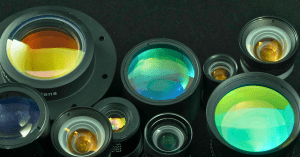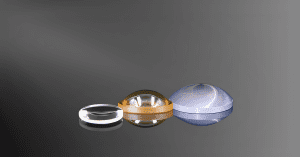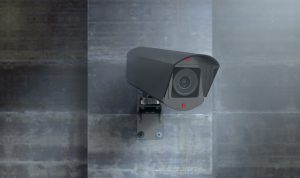Key Takeaways
- SWIR imaging captures details not visible with standard visible light, using InGaAs sensors to detect SWIR light and produce high-resolution images with SWIR cameras.
- SWIR light penetrates materials like smoke and fog, revealing hidden structures and details for applications in industrial processing and security.
- InGaAs sensors are favored for SWIR imaging due to their sensitivity and low noise, and do not require extensive cooling compared to other sensor materials.
- SWIR cameras can inspect contents inside opaque containers, such as pharmaceutical bottles, and are effective in low-light conditions by using SWIR radiation.
SWIR Imaging
Short wave infrared light is radiation with wavelengths in the range of 0.9 – 1.7μm. This light can penetrate materials that are impenetrable to visible light, making it ideal for industrial processing and quality check applications as well as for machine vision applications, surveillance, security, and natural resource management. Water vapor, fog, and silicon are a few examples of substances that are transparent when viewed with SWIR.


With SWIR light, fire fighters can see through smoke and ash to keep teams safe and identify rescue targets
More Special Uses of SWIR
The way that materials reflect or emit infrared light also tells us something about their physicochemical and thermal properties. This means that SWIR light can, in certain circumstances, be used to detect specific materials remotely. Specific SWIR bands can also be used to determine the water and lipid concentrations of a substance. This ability to gauge hydration gives it important applications in agriculture and medicine as well as in industry.
The color image of the apple below is taken with visible light. The black and white image, in contrast, is taken with SWIR imaging. Notice that the bruise which was invisible to the naked eye becomes immediately obvious under SWIR due to the higher moisture content in that part of the pear.
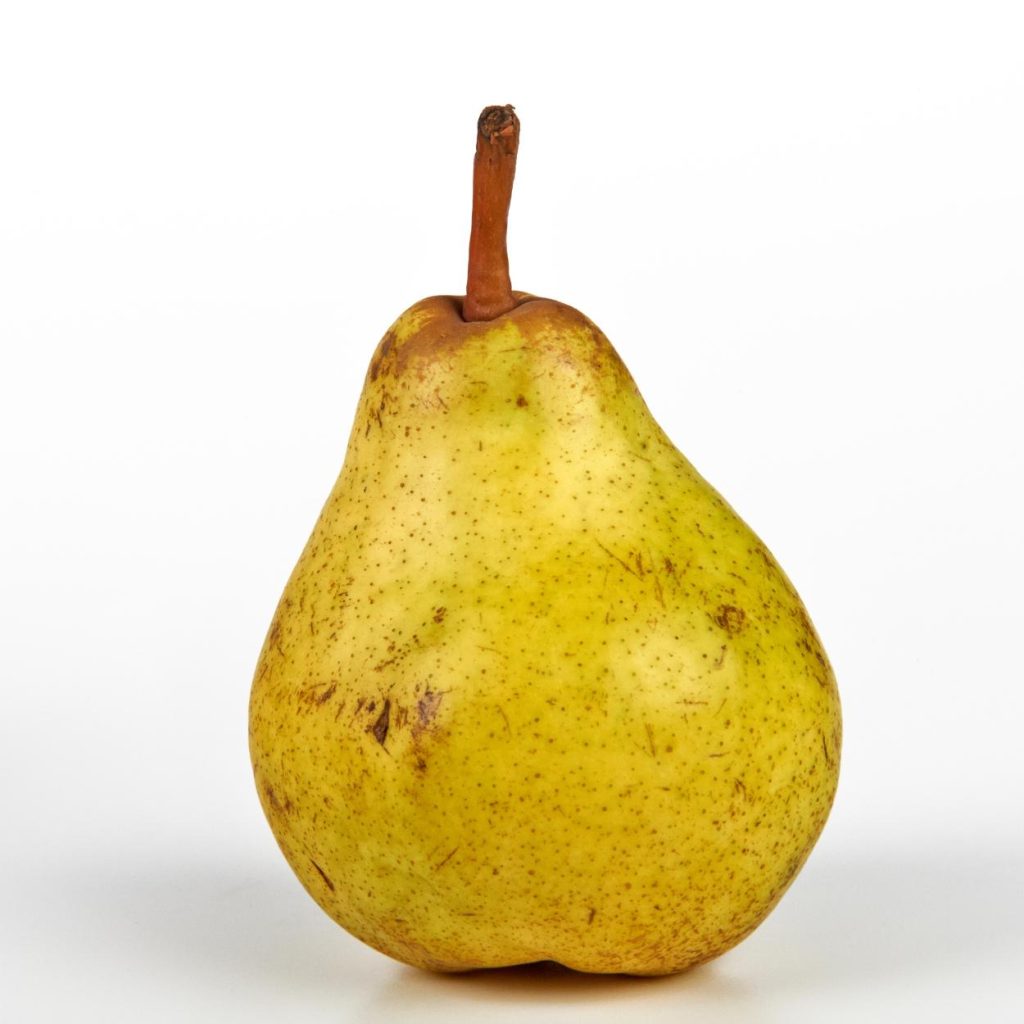
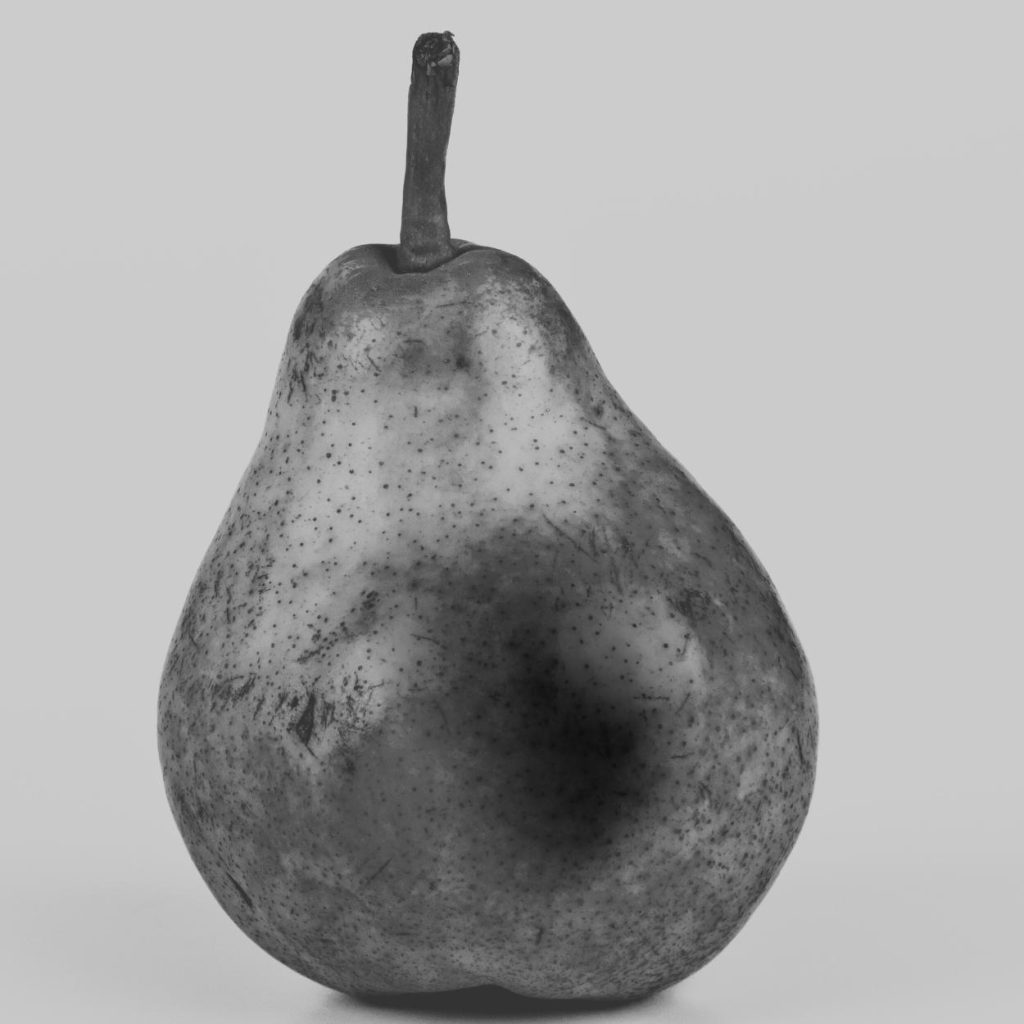
Shortwave Infrared Cameras
Natural emitters of SWIR include ambient starlight and night glow, the background radiance we receive from the atmosphere. Night glow consists of five to seven more illumination than starlight, but you never see it: being SWIR, it is invisible to the human eye. Night-time imaging devices should therefore be optimized for the SWIR spectrum, as lenses designed for visible light will produce poor resolution images with optical aberrations.
But what does it mean to optimize an imaging device for SWIR light? Since SWIR passes through silicon, silicon based cameras can’t pick up SWIR. Instead, SWIR cameras often use sensors based on indium gallium arsenide, an affordable, practical material that will absorb the SWIR radiation and convert it into a charge that can be read. InGaAs sensors can be very sensitive, with the ability to detect even scattered photons of SWIR light. They have the potential to provide high frame rates and can produce images with low noise profiles. Weak signal can be detected and imaged with a long exposure time. InGaAs imaging devices are suitable for machine vision applications and laser beam profiling, as well as medical and research applications.
Unlike other options like mercury cadmium Telluride (HgCdTe) and indium antimonide (InSb), InGaAs does not require extensive cooling. While area-scan InGaAs image sensors are regulated by international treaties on arms regulations, linear line-scan InGaAs sensors are commercially available without restriction.
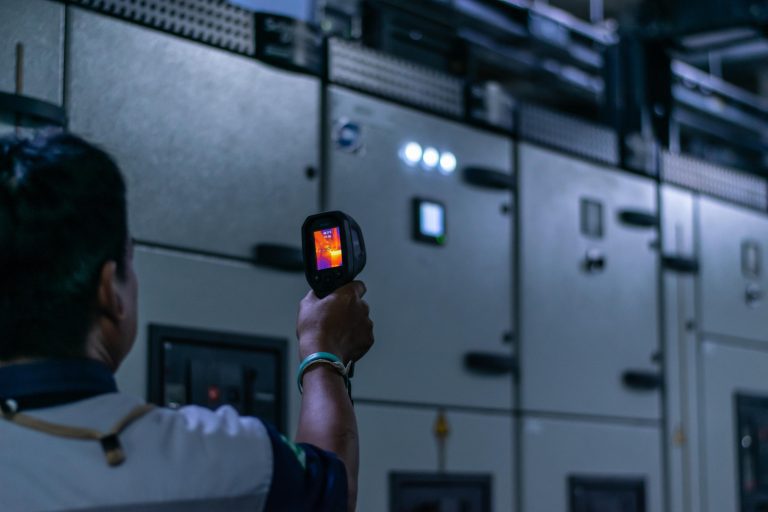
Quantum dot sensors are another option when it comes to SWIR imaging. These sensors use colloidal quantum dots on silicon wafers, semiconducting nanoparticles with special photoluminescent and electroluminescent properties. Though their performance has not yet reached that of high quality InGaAs sensors, they are cheaper to produce. The colloidal quantum dots may be based on lead sulphide, indium arsenide, or other alternatives.
FAQ
How does SWIR compare with thermal images?
Thermal imaging devices detected radiated heat in the IR range. SWIR imaging, in contrast, uses SWIR light reflected off an object in the same way cameras used for visible cameras use the visible light reflected off of objects. While a researcher using a thermal imaging device will be able to see a warm object against a cold object on a dark night, an individual using a SWIR camera is far more likely to be able to identify just what the object is.
How can SWIR be used for remote sensing?
Since some substances that block visible light transmit SWIR, short wave infrared cameras are often able to detect the internal structure of objects without breaking them open.
Can SWIR be used to inspect the inside of pharmaceutical bottles?
Yes, since SWIR light is not obstructed by the opaque plastic used in pharmaceutical bottles, it can be used to view the powder or pills inside such containers and determine the fill levels.
Can SWIR be used for night vision in an enclosed place?
SWIR imaging is dependent on the presence of SWIR light. Where there is no atmospheric night glow—- in a tunnel or underground room, for instance— invisible SWIR lasers or LEDs can be used to ‘light up’ an object or area with SWIR radiation.
GREAT ARTICLE!
Share this article to gain insights from your connections!


